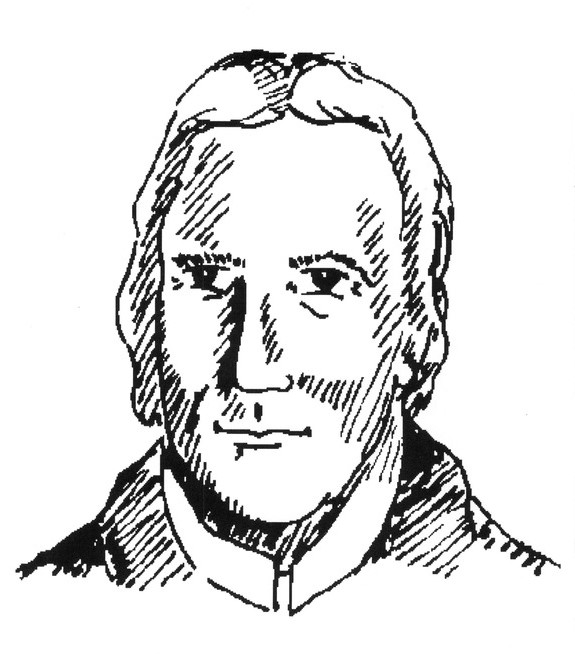Samuel Carrick was the first (and only) president of Blount College (in existence 1794–1807)—the institution that would evolve into the University of Tennessee. Carrick was a Pennsylvania native who, as a young man, had moved to Virginia. He studied for the ministry under the Reverend William Graham (who later founded Washington and Lee University) and was licensed to preach by the Presbytery of Hanover in 1782. In 1787 he visited and preached in the vicinity of Knoxville. In 1789 or 1790, he moved with his wife and three children to the forks of the Holston and French Broad Rivers and organized the Lebanon in the Forks Presbyterian Church.
Carrick purchased one of the lots (in what is now downtown Knoxville) sold by James White in the lottery of 1791. He was the first preacher in Knoxville and the founder of First Presbyterian Church. The leaders of the Presbyterian Church were interested in the maintenance of an educated ministry, and many of the Presbyterian preachers on the frontier established private schools soon after they established their churches. Such was the case with Samuel Carrick, who advertised in the Knoxville Gazette of December 1, 1792, that on January 1, 1793, a seminary would be opened in his residence.
Named in the charter of Blount College as one of its trustees, he was elected its president at the trustees’ first meeting. Until the Blount College building was completed, Blount College classes supplanted the seminary in meeting in the home of its president.
Carrick died August 17, 1809, of a paralytic stroke (the university owed him $87.82 and paid $146 to Carrick’s estate in 1820). Operation of the institution, which had become East Tennessee College in 1807, was suspended until 1820.
Rev. Carrick married Elizabeth Moore, daughter of Robert Moore (of Trenton Ridge, Virginia) in Rockbridge County, Virginia, on September 21, 1779. She died in September 1793. At the time of her death, Rev. Carrick, along with all other able-bodied men of the settlement, was engaged in fending off a threatened Indian attack at the location where Knoxville College now stands. Elizabeth’s body was taken by boat to the Forks of the River cemetery of Lebanon Presbyterian Church by a faithful servant and women of the neighborhood under cover of darkness. In 1794 Carrick married Annie McClellan of Knoxville.
In addition to the title of Reverend, Carrick was known and respected as a physician. He studied physic (medicine) under Knoxville practitioner Dr. Nicholas Honore Sidone Fournier, as did Carrick’s eldest son. Carrick continued to practice following the death of Dr. Fournier in 1799. He advertised his practice in May 1800 in the Knoxville Impartial Observer and presented a bill to Knox County in 1802 for the care of an orphan.
Carrick is described by Dr. J. G. M. Ramsey in his History of Lebanon Presbyterian Church as being “about 5 feet eight inches high, ruddy and inclined to corpulency, or rather, plethoric. His whole person was cast in the most symmetrical mould and would everywhere be called handsome.”
In 1894 a committee of the Alumni Association recommended moving Carrick’s remains to campus (from the graveyard of First Presbyterian Church) and erecting a monument to him. President Dabney supported the effort. Another committee was formed to raise the money to do this, but lack of sufficient funds caused abandonment of the project in 1897. Carrick’s tombstone at the First Presbyterian Church gives his name as Samuel C. Z. R. Carrick, but the designation for the initials is a mystery.
